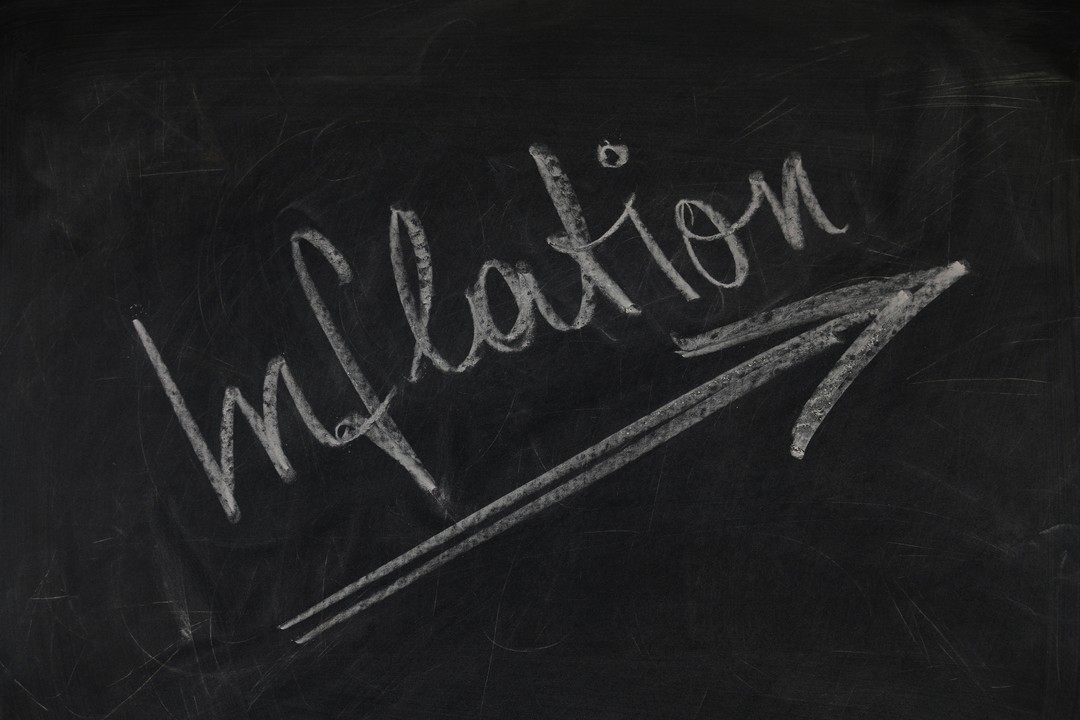
05 Sep The inflation is dead, it should be buried
The presence of inflation, up to 2% per annum, reassures economists and central banks, since the generalized rise in prices indicates, on the one hand that demand is greater than supply, and on the other hand that consumption and money supply in circulation are kept at high levels.
Deflation, with its negative price spiral, leads to chain bankruptcies, massive wage cuts, and consequently an inability to pay off debts.
Presently, the debt of states, companies and individuals, has never been so high in the human history. It reaches levels well above those of 2008 at around 2,8 times the world GDP.
The fear-panic of deflation has pushed central banks to inject money into the economy’s wheels, so that it does not decelerate.
By the admission of almost all the decision makers, they applied a theory built and acquired following the crisis of 1929, in order to save the world of a modern crisis, that of 2008.
It is clear that this monetary policy has only achieved partially its pre-established objectives, since the world economy does not expand everywhere, nor durably, according to an old and out of fashion index which is inflation.
They are fighting with hundreds of billions of dollars to breathe new life into inflation that has been dead for a long time.
How can we create inflation in the digital economy for example? since supply fluctuates instantly with demand, both upward and downward. In addition, prices have no reason to increase taking into account the arrival of new suppliers and the diversity of the offer.
How can we create inflation in the area of sustainable products? production capacities are increasing, thanks to the uncontrolled technology transfer to the different countries, and the massive monetary injections of central banks, which have allowed the construction of new production capacities all over the world, which kills in the egg any potential of inflation.
In the West and Japan, inflation was almost non-existent during the last ten years, wages only increased slightly. This is where the crux of the problem lies. It is absolutely necessary to massively increase wages, in order to allow the decline in personal debt; in both relative and absolute terms.
An increase in wages would also allow companies to raise their turnovers & prices, and lower the distribution of dividends to shareholders. But the big beneficiaries of such an increase would be the indebted states, since a massive increase in GDP mechanically reduces the debt / GDP ratios as well as increasing income tax revenues.
We need a real “helicopter money” policy for the benefit of households and not that of speculators.
The inflation mission is to measure the economy temperature. Today’s low inflation makes us falsely believe that the economy is lukewarm. To prove the contrary, that the economy is rather overheating, even boiling, we will not mention Switzerland, with a million jobs creation since 2002, and its 41% GDP increase in 10 years since 2007, an exceptional case.
Let’s take other economic indicators. According to the IMF the World GDP is growing at 3.7% pace in 2017 & 2018 as well for 2019. Trade between WTO members has increased by 31% between 2006 and 2016, I dare not give you the numbers, it may make you dizzy.
Inflation is no longer vertical through prices, but horizontal by expanding the range of products.
Monetary authorities should make the effort to modernize standards and measures that are no longer relevant, instead of clinging to clues that belong to a past gone forever.
Goodbye inflation you have pissed us enough!
Elie Hanna, March 2019



Brianskymn
Posted at 04:16h, 26 MarchHi there, cool web-site you’ve got right now.
Jamesadvep
Posted at 06:26h, 25 AprilKeep up the spectacular job !! Lovin’ it!